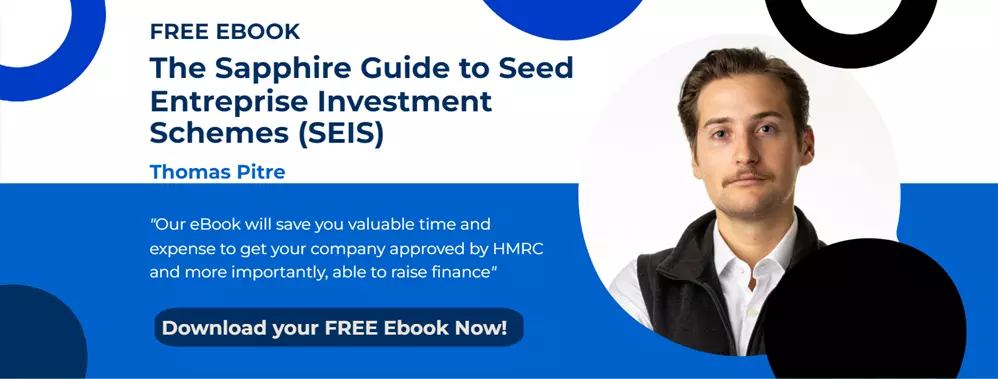
The Seed Enterprise Investment Scheme (SEIS) and the Enterprise Investment Scheme (EIS) are very effective ways for start-up companies to attract private investment through the offering of tax incentives to investors.
There are conditions a company must meet to qualify for the schemes, some of which are well known to both entrepreneurs and investors. For example, the age requirement condition requires a SEIS company to be trading for less than two years; for EIS, the company cannot be trading for longer than seven years.
However, from my experience working with many companies seeking SEIS/EIS, there are some fundamental conditions that are equally important but not as well known. Here are the ones that I see many entrepreneurs unaware of, which has led to problems with availing of the schemes:
1 – The Gross Assets Requirement:
For SEIS the total gross asset value of the company immediately before the shares are issued must not exceed £200,000, while under EIS it is £15 million immediately before and £16 million immediately after EIS share issue. HMRC will check that the company abides by this requirement during the SEIS1 / EIS 1 form processing.
2 – The Employee Requirement:
Under SEIS a company cannot have more than 25 full-time employees when SEIS shares are issued. With EIS the company cannot have more than 250 full-time employees when the EIS shares are issued.
3 – The Financial Health Requirement:
A company must not be in financial difficulty when applying for SEIS and/or EIS. There is no definition of what constitutes as financial difficulty, however, a company that is facing serious financial concerns will not meet this requirement. The condition ensures that companies who apply for the schemes are in good financial standing, and the investment they will receive is for "growth and development".
4 – Qualifying Subsidiary Requirement:
If the company has a business structure with parent companies and subsidiaries, the holding company must apply for SEIS/EIS. A company is considered a subsidiary if another company owns more than 50% of the shares.
5 – The Qualifying Trade Requirement:
A company must use the investment raised through SEIS/EIS for the "growth and development" of a qualifying trade. A complete, up to date listing of qualifying trades can be found on the HMRC website.
All the above requirements must be met in order for a company to avail of SEIS/EIS. Although most are tested during the advance assurance review, HMRC re-assesses the company's compliance once the SEIS1 / EIS1 forms (also known as compliance statements) are submitted. It is only when HMRC issues SEIS 2 / EIS 2 that the company is confirmed that it can offer SEIS/EIS to the investors. Falling foul of even one requirement can jeopardise a company's ability to avail of the schemes. Please also keep in mind that the above list is not complete; to get a list of all the qualifying conditions required please refer to the HMRC website: gov.uk.
Learn more about EIS & SEIS here:
https://www.sapphirecapitalpartners.co.uk/eis |
https://www.sapphirecapitalpartners.co.uk/en/seis |
https://www.sapphirecapitalpartners.co.uk/seis-and-eis-funds



